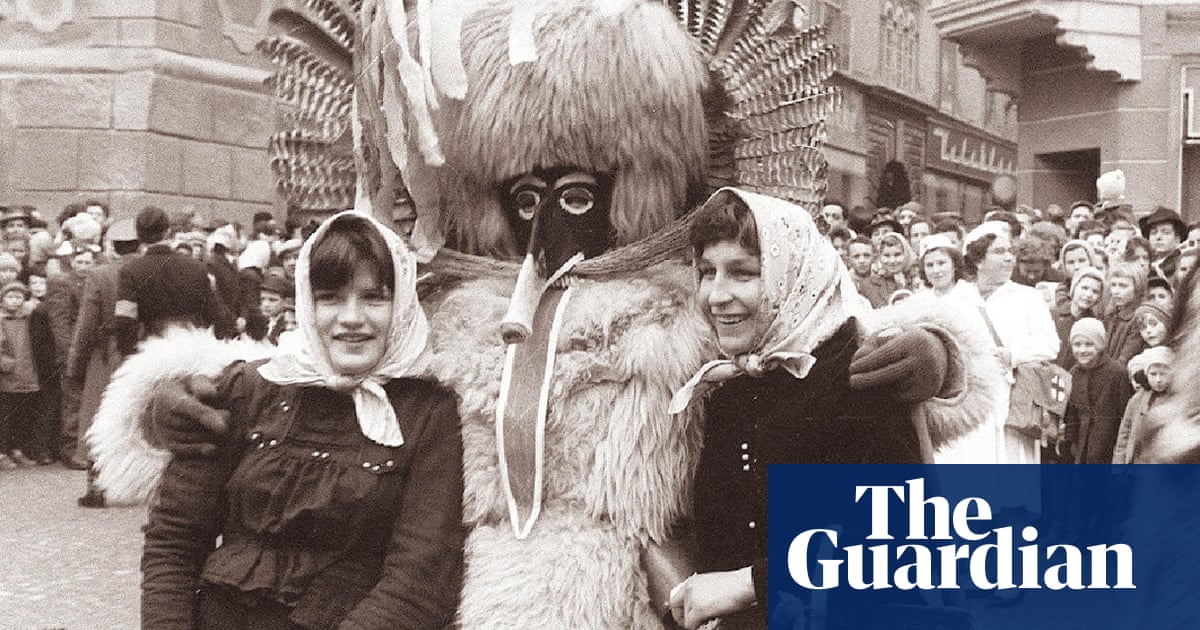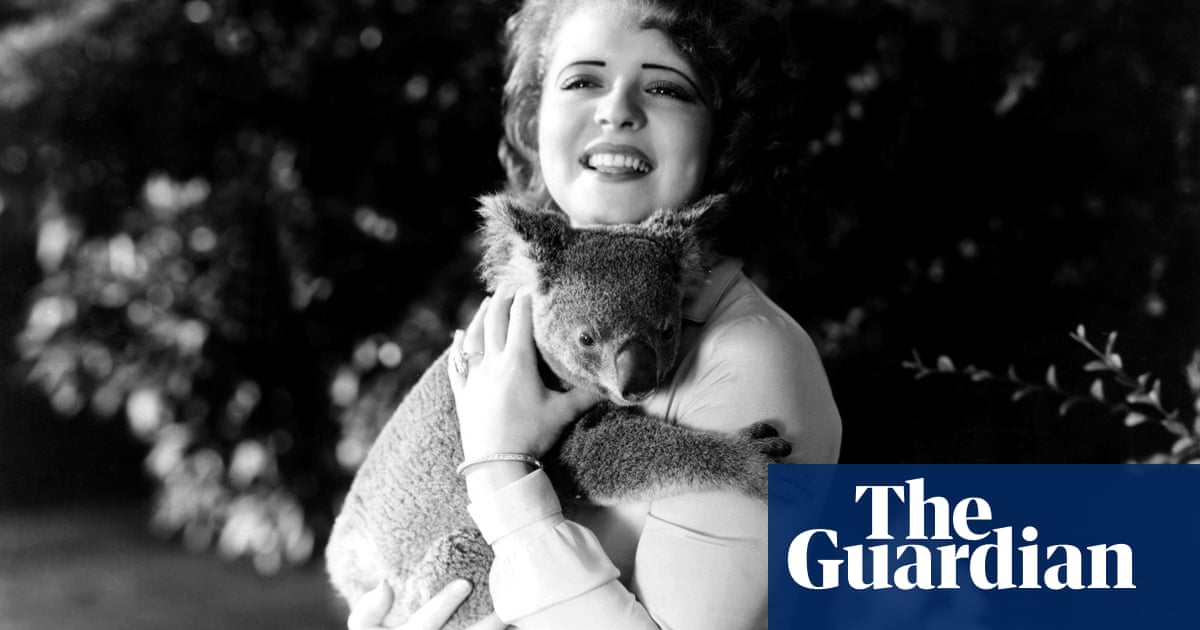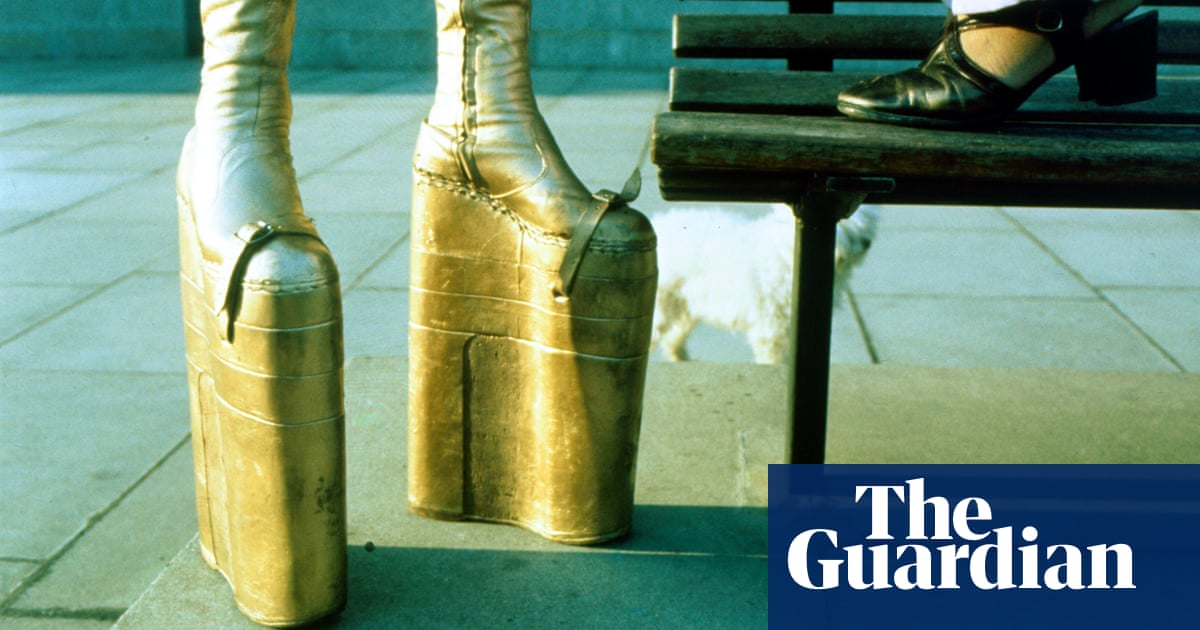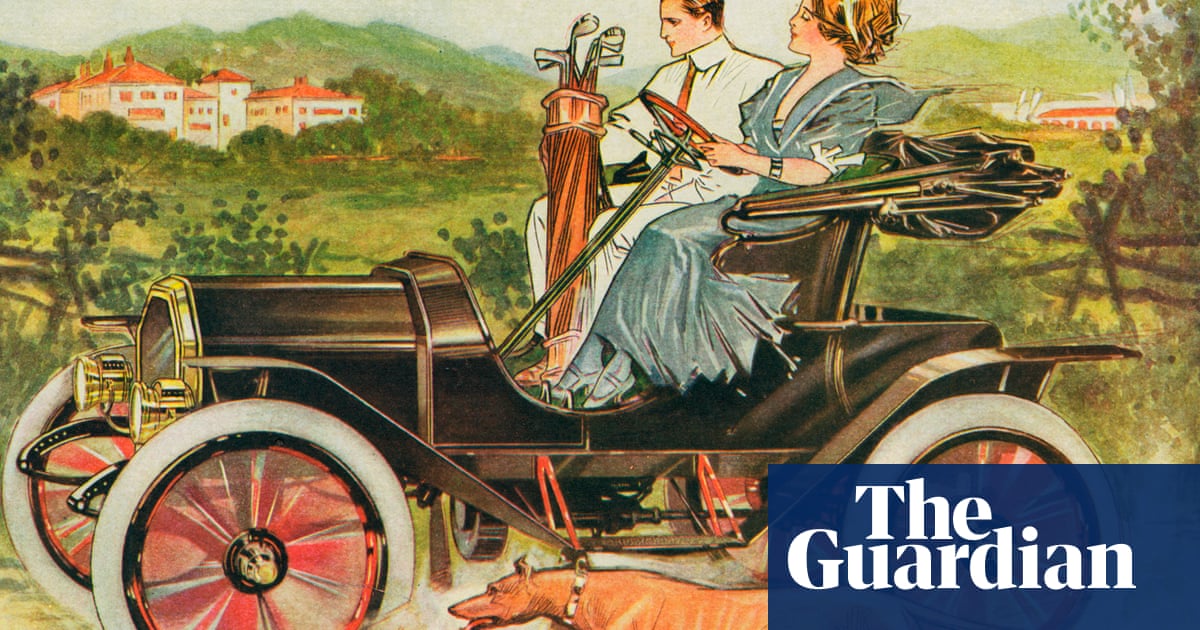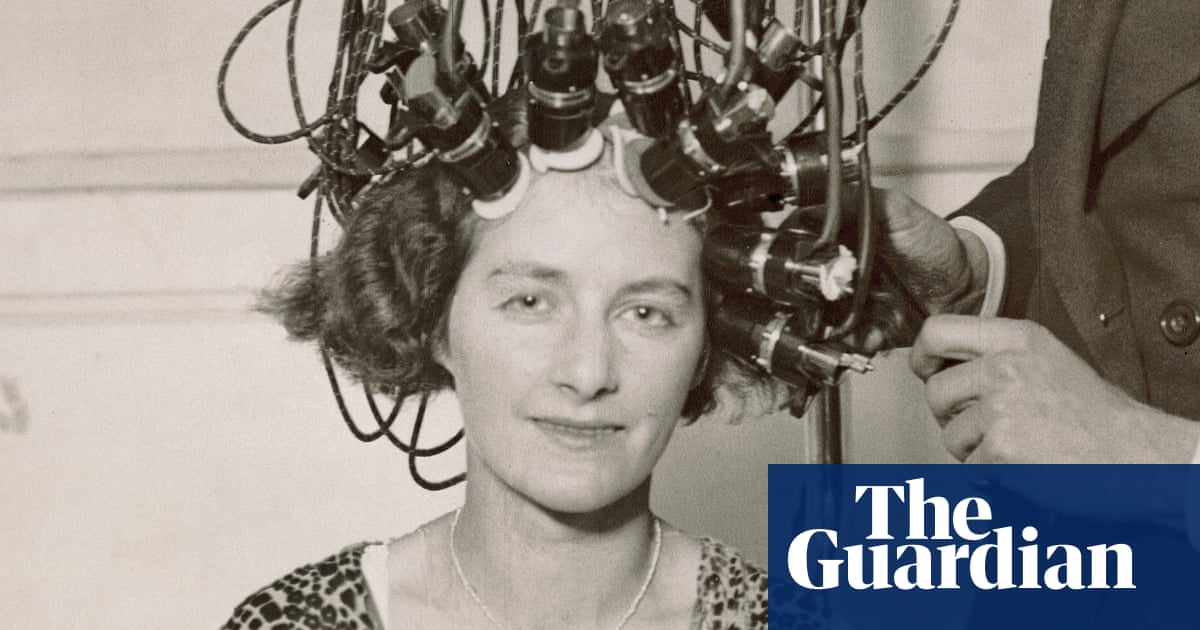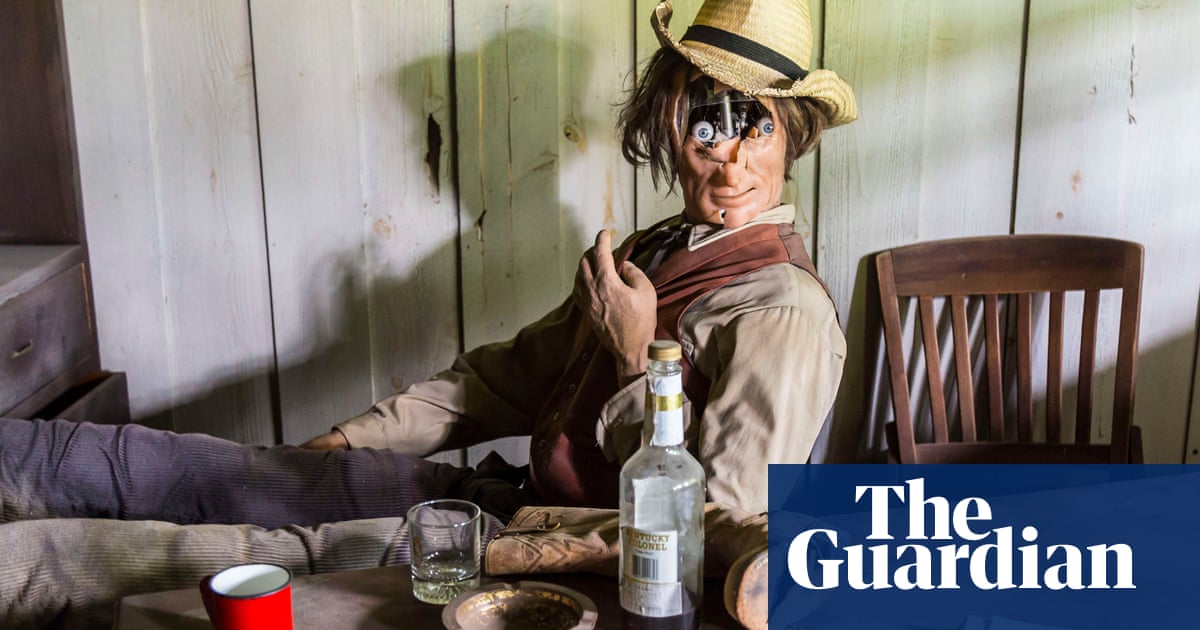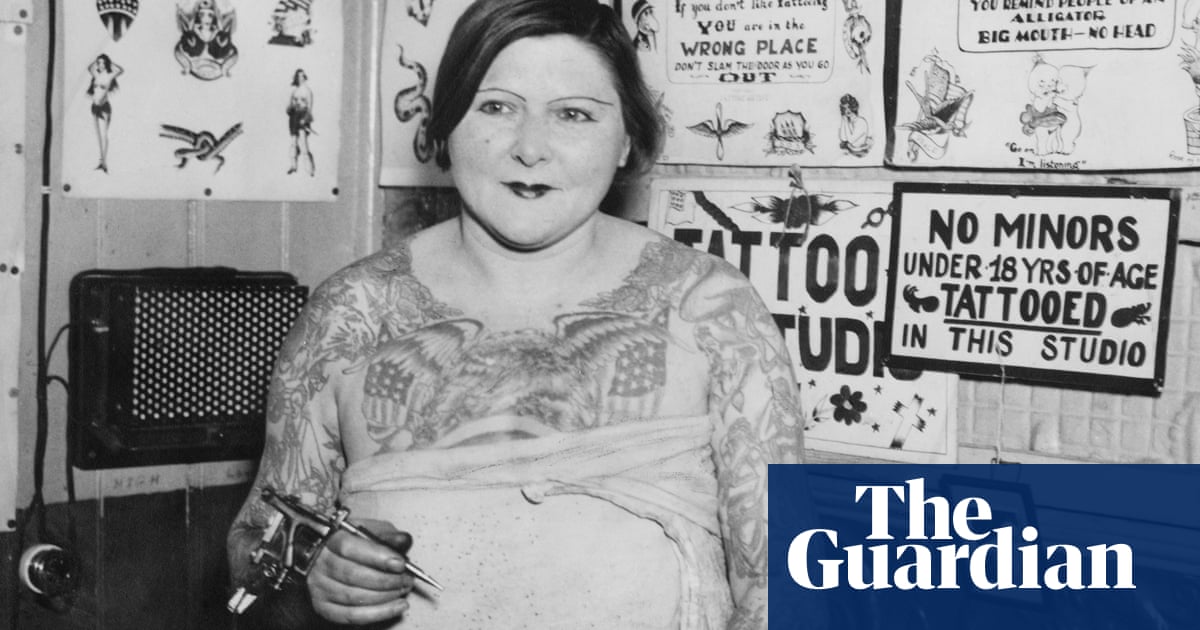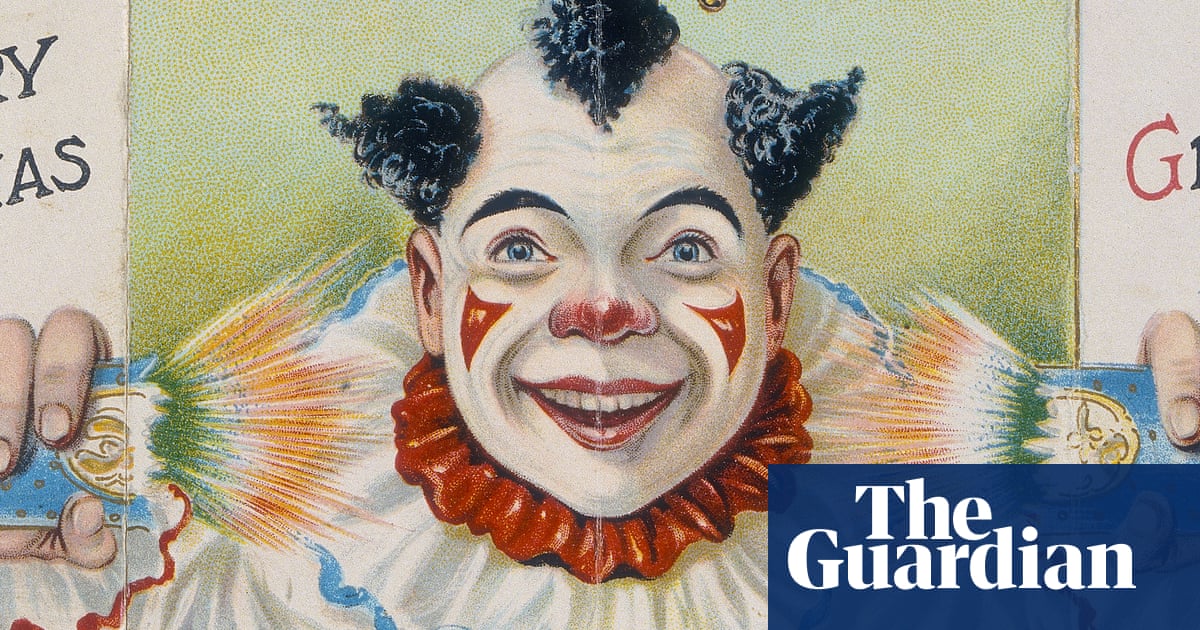
Christmas cards are over. Whether it’s climate anxiety, the cost of living crisis, horrible stamps with QR codes or just the vibe being off, no one seems to be bothering. The most you are likely to get this year is an email from your employer featuring a single animated snowflake and a bland sentence the comms team had workshopped since June, plus a small-print reminder that normal office hours still apply on 22 December, although non-offensive Christmas jumpers can be worn if desired.
I would say it’s a shame, but modern cards are so boring: snowman, Santa, star, rinse and repeat. I had a look at some of the greeting behemoths’ offerings and the main categories seem to be “here’s an unsolicited picture of my dog or baby”, “crowbar an avocado into this somewhere”, “a pass-ag insult disguised as a joke” and “we have a problem with alcohol as a society”. The same categories as the rest of the year, then.
Maybe we would have fought harder to save them if there were a chance of getting a card featuring a group of owls riding penny-farthings, a bloody battle between two varieties of ants, a goat frightening a small child or a monkey painting a dog’s portrait – all examples (quite tame ones, actually) of 19th-century Christmas cards.
The first Christmas card in England was sent in 1843. From the 1860s onwards, absolutely anything went. In a time before the homogenising effects of mass media, the visual codes of Christmas were all over the place. Father Christmas might be dressed like a monk, or an elf, or a pagan forest spirit – if there was even anything as seasonally appropriate as Santa on there. In his 1895 book on Christmas cards, Gleeson White listed “haunted churchyards, consumptive choir boys, monsters of nightmareland [and] pictures of accidents” among their themes; cards in the Victoria and Albert museum’s collection include a floor brush, a dog muzzle and “a whole series about people pushing policemen under cars and running them over”, according to Zorian Clayton, the V&A’s curator of prints.
Why? Partly because the period from 1860 to 1900 saw huge print innovation, Clayton explains, with die-cutting and chromolithography offering scope for wild creativity with shape and colour. Christmas cards became a highly competitive business; one manufacturer produced a basket of 12 or so for a penny. The arrival of halfpenny postage in 1870 made sending them more accessible, too: by 1880, 11.5m Christmas cards were being produced annually in Britain.
With huge profits up for grabs, manufacturers were anxious to innovate. In 1882 alone, one manufacturer spent £7,000 on original card designs – the equivalent of about £700,000 today, according to Clayton. The commercial quest for “novelty and surprise” – and ways to corner the market – threw up lots of literal wildcards. “They just got more and more weird and wonderful,” he says.
Time to take a look at the darkest corners of the seasonal Victorian psyche. After that, why not do something special for someone you love? Yes, WhatsApp them a picture of a frog murder – it’s the real meaning of Christmas.
The first card, 1843
A version of this image, designed by the artist John Callcott Horsley, commissioned and sent by Henry Cole, then the director of the V&A, is believed to have been the original Christmas card (in England, at least). At first glance, it doesn’t fit the bill – three generations of Cole’s family feasting, blah – but on closer examination you will note a child being fed wine. This caused an almighty fuss with the temperance movement, because you can’t give a baby booze. A promising start.
Murder of crows, 1878
This is a “no notes” from me. These four crows pecking around a winter landscape, designed by the Dutch illustrator and bird nerd Theo van Hoytema, are so bleakly beautiful. I would send a lot more cards if they looked like this. Happy posthumous goth Christmas to you, Theo.
Lobster-riding mouse, c1880
Victorian Christmas cards featured “a surprising number of rats and mice … considering their universal unpopularity as pests and the specific war waged by women against them”, according to George Buday, who wrote the definitive text on the topic and left his collection of 15,000 cards to the V&A. As for crustaceans, you can choose from a baby riding a lobster, a lobster parade and a crayfish pinching a child. No? How about two prawns quietly drinking tea? There’s no pleasing some people.
Fatal frog mugging, c1880
There is an unhinged seam of violence in Victorian Christmas cards, from babies being stewed in teapots and police officers being assaulted by clowns to this unwholesome amphibian incident. Why? “It was a much crueller world,” says Clayton. “With the kinds of things you would have seen on the streets in Victorian London, you would have been much more hardened.” We may also be missing the joke: “Their humour is definitely at odds with some of the stuffiness we imagine.” The most troubling thing for me is the umlaut on “merrÿ”.
Duck-frog tug-of-war, date unknown
Rather than attempting to parse this hellish scene, let’s confront the frog in the room: what is it with 19th-century print ephemera’s obsession with croakers? It was already apparent when Shock of the old investigated vintage medicines, advertised by numerous frog doctors, and here they are again. “They’re particularly popular around Christmas and New Year because they signified rebirth,” says Clayton; this was true in Christian and pagan traditions. Frogs and toads are also associated in iconography with “sinfulness and debauchery … it makes them perfect for that Christmas, New Year vibe.” Frogs were also easy and popular to taxidermise in rakishly anthropomorphic poses, meaning there were a lot of them about. Mystery solved! (Sort of.)
Deerhunting in Canada, 1888
“Rudolf? Never heard of him.” The only redeeming feature of this utterly bleak midwinter scene is that the three haunted-looking hunters do not seem to be enjoying themselves at all.
Stag beetle dance, 1900
There is a theory that the prevalence of anthropomorphised animal depictions in this period may have something to do with people’s minds being blown by the 1859 publication of On the Origin of Species. “We’re all just monkeys?!” Why wouldn’t a stag beetle waltz with a frog, accompanied by a tambourine-playing grasshopper? Darwin, a subject of lively public debate, might “add another layer of the joke”, Clayton says, but it’s unlikely to have been that deep. These subjects were usually bought for or sent to children, he says. Also, we still love anthropomorphised animals, don’t we? A stag beetle-frog Strictly scene would do big numbers on TikTok.
Onion, c1890
Late-Victorian card designer: “This year, I’ll be featuring food with faces.”
Late-Victorian publisher: “Classic, a solid seller. So, what are you thinking? A plum pudding thrilled to be eaten, dancing with mince pies – or with wine bottles for legs? Maybe some poultry doing a squad pic before being roasted?”
LVCD: “Haha, no.”
Robin, deceased, c1890
Does this really say “sweet messenger of calm decay”? Very metal. (Oh, hang on, it’s a John Keble poem.) But let’s not be hypocritical; dead birds are a big part of our Christmas, too. Still, not as big as in the 19th century, when Boxing Day was traditionally “wren day” – a day for hunting the tiniest, cutest and most delightful of birds for “good luck”, or, in some areas, a day to bury them in tiny coffins after killing them on Christmas Day. Humans are terrible; thank God we have television and rampant consumerism to keep us busy now.
Anti-suffrage card, 1911
I feel like the artist shot himself in the foot here. These harpies with their whips and bricks, shouting and demanding the vote, seem to be having a great time; it’s definitely more fun than trying to cook a goose for a houseful of ingrates. Also, sorry, if you can’t draw a recognisable brick, writing “brick” on it is not an adequate workaround. There were plenty of pro-suffrage cards, too: one featured Santa in a purple-and-white suit on a green background pulling “votes for women” from his sack. Shame it took him another seven years to follow through.




